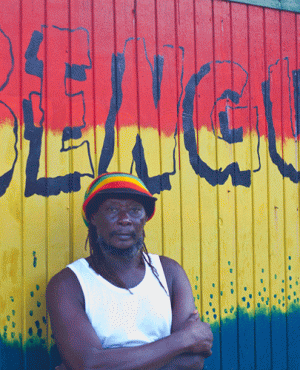
Bogotá – In the Caribbean, various ethnic communities have been living through centuries-old practices. Along these practices are the use of distinct languages for communication, education, and ethnic rituals. However, the Raizal people from the Colombian archipelago speak English, Colombian, and Creole. In this type of society, how does the use of three languages impact people’s understanding of diverse practices, customs, and modern needs?
Dialects
The Raizal people are an Afro-Caribbean group who are found in the Archipelago of San Andrés, Santa Catalina, and Providencia, locally known as San Andrés y Providencia. They comprise more than 50% of the total population in San Andrés, the largest island in the archipelago. Their large number also contributes to the widespread popularity of their language.
The people’s specific Creole language is said to be a combination of various African dialects that slaves used in the past. Through time and practice in their new communities, the slaves mixed some of their native terms with English words to prevent their owners from understanding their conversations. However, the people’s unique San Andrés–Providencia language that many of them grew up with is now being overshadowed by the Spanish language due to the Colombianización policies put in place decades ago.
Many of the members of the community now use English, Spanish, and their traditional Creole to communicate both inside and outside of school facilities. Because of this, the language of the Raizal is still evolving; nonetheless, their members have tried to keep the cultural significances of specific terms and phrases that help identify them as Raizal. The San Andrés–Providencia Creole, in particular, is the language that many would hear being used in the Raizal neighborhoods of La Loma and San Luis, which are two of the three sectors of the locale of San Andrés.
Identity
The Raizal people are identified as a Protestant Afro-Caribbean, sometimes called mulatto, ethnic group of mixed British and Afro-Caribbean descent. Since 1991, they are recognized as an ethnic group under the multicultural policy of the Colombian government. Their neighborhoods are a part of the island’s identity. However, because of Colombianización, many of them converted to Catholicism rather than practicing Protestantism. Some of the older members of the communities oppose this movement as they believe that their cultural heritage—customs, beliefs, traditions—are connected to their being Protestants.
There came a point when the Colombian government was not able to give attention to the local sectors. Nevertheless, the Raizals continue to live on the island. The people managed to implement their own educational system in schools, ensuring their prominence in Colombian history books. It is evident that the Raizal ethnic spirit will always be in the hearts and minds of the people, ensuring that their communities will thrive and live well.
Image from Hotel San Luis Village San Andrés Islas, https://www.flickr.com/photos/hotelsanluisvillage/



